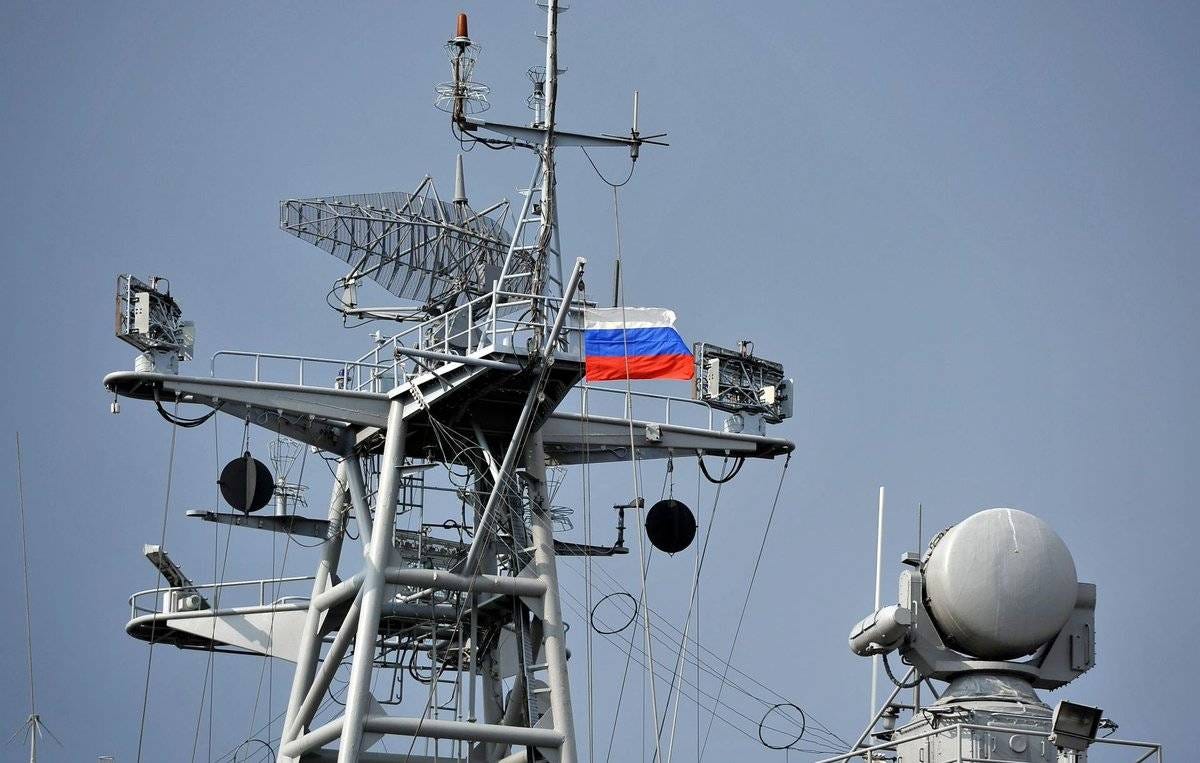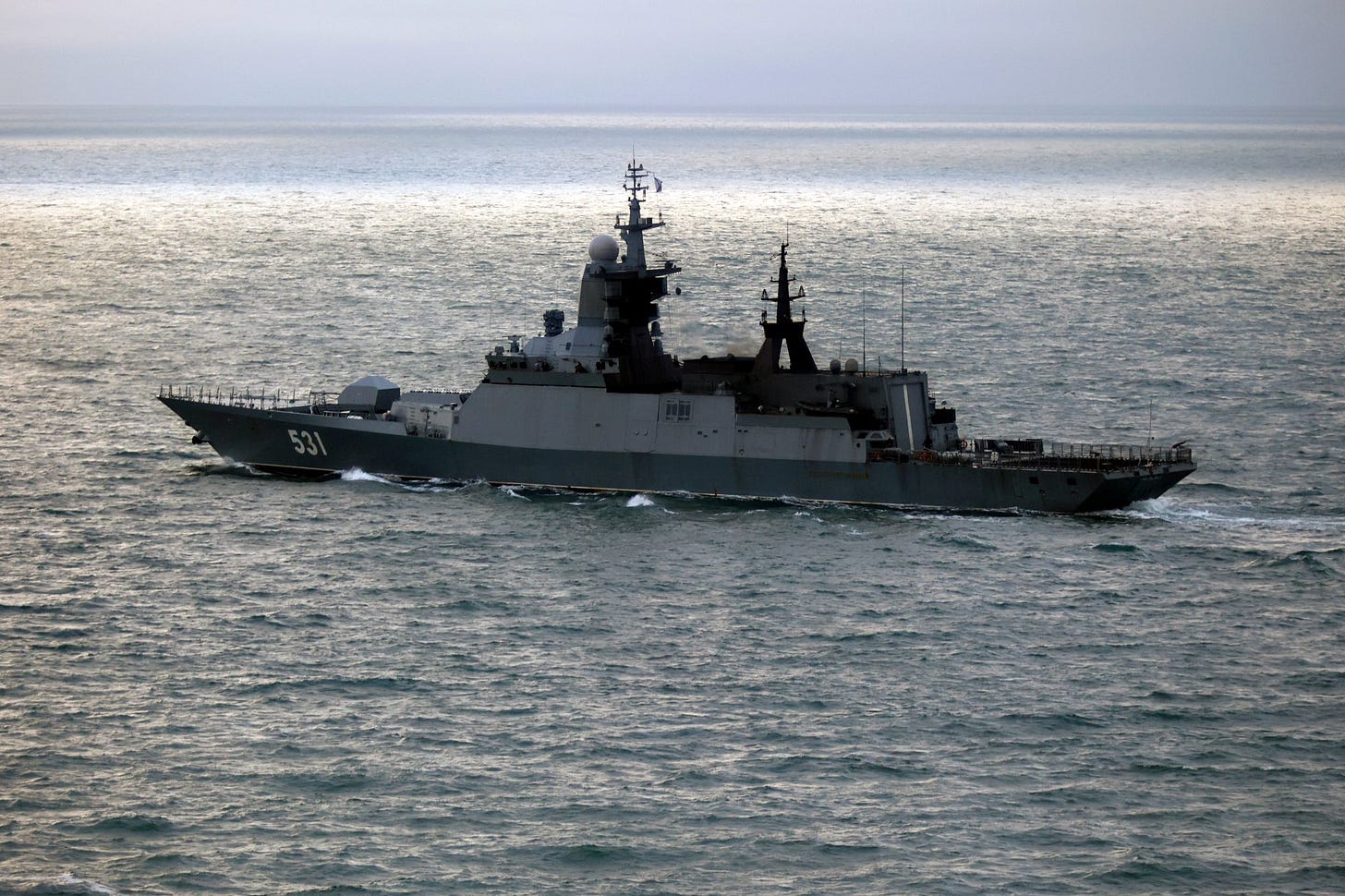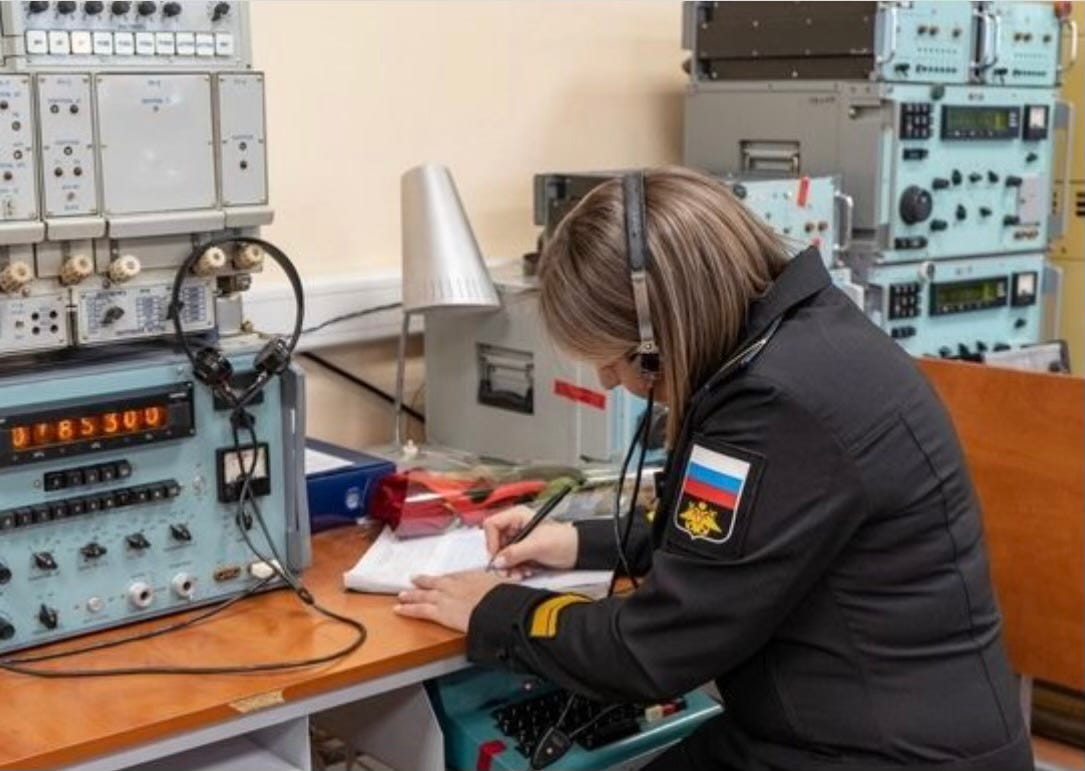Return to Cold War communications architecture signals Russia's move towards confrontation
Revival of legacy terrestrial C3 links and high levels of warship C3 activity indicate Russia is almost certainly preparing for conflict in the Baltic Sea
Background
Command and control communications (C3) refers to the systems and networks used to transmit critical information between Military Commanders and their forces, allowing them to exercise authority over their subordinate units and direct operations.
C3 systems facilitate the flow of information necessary for planning, coordinating and executing actions across different military echelons and typically comprise terrestrial and satellite links, secure networks, data systems and the necessary infrastructure to transmit voice and data traffic.
C3 links are fundamental to strong situational awareness, allow rapid information exchange and facilitate effective coordination between units.
Some Military C3 links are designated as backbone communications, operating over a wide range of frequencies (VLF-SHF) using a variety of different communication systems and methods to provide reliability through communication link redundancy. Backbone C3 links may be stood down during low threat periods and reactivated during times of uncertainty.

Activity
While NATO Governments, Defence committees and Military Commanders were discussing their response to asymmetric attacks against critical national infrastructure in the Baltic Sea, Russian Naval Forces began to revive legacy terrestrial backbone C3 communication circuits not seen since the Cold War.
The circuits, which form part of the Russian Navy global communications system, are a redundancy down-echelon network which enables rapid, reliable, enciphered back-up communication from a Regional HQ to subordinate HQs and individual units when the main communication circuits are unavailable. These backbone communications circuits are typically activated in heightened states of operational readiness, before high-intensity operations, as a reaction to a threat or as a prelude to war.
HQ down-echelon C3 communication
Beginning in mid-November 2024, Baltic Fleet Naval HQ Kaliningrad activated legacy enciphered voice and data communication circuits with its three main subordinate regional headquarters. Initially, this was assessed as routine down-echelon communications training however, from 1 December 2024, each subordinate HQ circuit activation shifted to a near three-day rolling schedule, cycling between Naval HQ St. Petersburg, Baltiysk Naval Station & HQ Baltic Fleet Naval Aviation.
This pattern of rolling activations continued throughout January 2025 and persists into February 2025 where the nature of the activations have increased in difficulty which strongly suggests radio operator inculcation is taking place. It is assessed that the redundancy C3 links have now been operationally reinstated and are once again, a viable means of emergency and/or redundancy communication.
These C3 communication circuits have not been noted active at this tempo since the Cold War era and only a handful of training activations have been heard since the beginning of the decade. The volume of activations, incremental progression in difficulty and persistence strongly suggest Russian Commanders believe these circuits are vital communication links going forward.
Warship C3 training
In addition to land-based backbone C3 activations, since December 2024 there have been high levels of shipborne communications exercise activity by Baltiysk and Khronstadt based warships and key auxiliaries.
Continuing into 2025, the main warship fighting force comprising Steregushchiy, Buyan, Buyan-M, Karakurt, Parchim, Nanuchka, Tarantul and Alexandrit class warships have conducted much higher levels of radio equipment training than during the 2020-2024 period and it is readily apparent that each vessel is cycling through its complement of radio operators and on-board radio equipment conducting incrementally more difficult scenarios as they build confidence and efficiency through inculcation. It is assessed that Russian Navy Baltic Fleet warships have commenced preparations for the transition to high-intensity operations and could assume a higher state of operational readiness at extremely short notice.

It is worthy of note that no activations of terrestrial redundancy communications have been noted in the Northern Fleet, Caspian Sea Flotilla or the Pacific Fleet and individual unit training in those areas is assessed to be at seasonal norms clearly indicating this is a Baltic theatre response only.
Summary
Baltic theatre terrestrial C3 communication circuits between HQs and subordinate HQs have almost certainly been reinstated and more importantly, these communications are being maintained and exercised at a tempo not seen since the Cold War era.
Baltic Fleet warships and key auxiliary vessels are conducting high levels of C3 training with Baltic Fleet HQ to improve the speed of down-echelon Command dissemination across all radio modes and individual warships could transition to higher states of readiness at extremely short notice.

It is almost certain the legacy C3 link reactivation and warship exercises are a response to the dire state of relations between Russia and NATO and strongly suggests Russia perceives NATO as an existential regional threat to which it will react.
A Danish Intelligence Service (FE) report on 11 February 2025 concluded that Russia already sees itself in conflict with the West and is preparing for a war against NATO. Should there be a pause of fighting in Ukraine, FE concludes that Russia could, within six months, fight a war with a bordering country. The re-activation of Cold War C3 radio links and high levels of warship communications activity coupled with the lack of C3 activity in other Russian Fleet areas strongly suggests that the Baltic region will be that warfighting area.
As discussions commence that could give Russia a chance to pause fighting in Ukraine, European Leaders and NATO Commanders would do well to recognize that Russia is clearly signaling it is preparing for confrontation in the Baltic Sea.
James Droxford is a former Navy and Intelligence Agency signals intelligence officer and Defence Intelligence submarine and C4I desk officer/analyst. Now a civilian, he is an independent maritime intelligence producer, analyst and reporter focusing on Russian maritime activity.





Of course the Russian armed forces are at a high level of readiness. They know that NATO might stab them in the back at any time.
It’s good to know Denmark has an intelligence service. Hopefully it is as good as Estonian one.